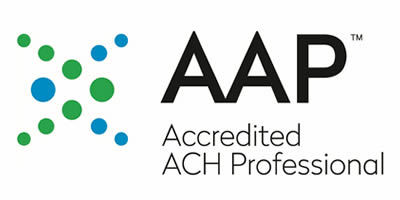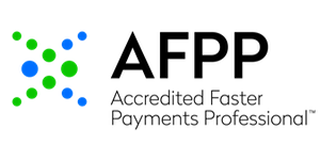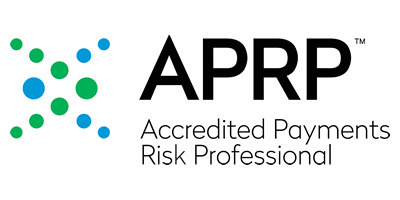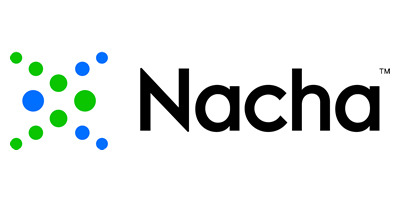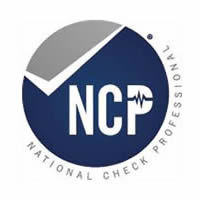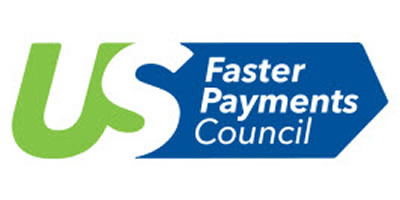Complete Story
10/21/2025
Back to Basics: Strengthening Our Frontline with Check Handling Essentials
As digital payments continue to grow in today’s financial environment, checks remain an active — and vulnerable — form of payment. Fraudsters are well aware that industry training has shifted its focus away from checks, making them a prime target for exploitation. That’s why it's more important than ever to return to the fundamentals and ensure our frontline staff are well-trained in proper check-handling procedures.
Check handling may seem elementary in today’s tech-driven world, but errors in this area carry significant risk. A solid understanding of check fraud prevention — including legal responsibilities under the Uniform Commercial Code (UCC) — helps protect both the institution and the customer.
What Frontline Employees Need to Know
- Tellers Must Carefully Examine Every Check
Frontline staff are the first line of defense. They should be trained to look for common red flags, including:
🔹 Indorsement Issues
- Is the indorsement missing, incomplete, or mismatched with the payee’s name?
- For business accounts, is the indorsement properly formatted (e.g., includes company name and authorized signer)?
🔹 Alterations and Counterfeit Indicators
- Does anything on the check appear erased, overwritten, or inconsistent in ink or handwriting?
- Is the issuing bank legitimate and located where expected?
- Does the routing number match the bank listed on the check?
- Are there any misspellings, formatting errors, or blurry printing — all potential signs of counterfeiting?
🔹 Inconsistent or Suspicious Customer Behavior
- Is the customer rushing the transaction or appearing overly anxious?
- Is the check type, issuer, or amount inconsistent with the customer’s typical activity?
- Are they asking unusual questions — such as how quickly funds will be available?
- Is there any indication the customer may be unknowingly involved as a “money mule”?
- Escalate for Review When in Doubt
If any part of the check or the customer interaction seems suspicious, a supervisor should be involved and the following steps should be taken:
- Contact the issuing bank (using a verified number — never the one printed on the check) to validate authenticity
- Check internal systems and fraud alerts for related activity or prior attempts
🔸 Document Thoroughly:
- Customer’s name and government-issued ID
- Full check details (amount, issuer, date, check number)
- Reason for suspicion (e.g., poor printing quality, alterations, mismatched signature)
- Any customer statements or notable behavior
🔸 If Confirmed as Counterfeit or Altered:
- Follow bank policy for confiscating the item, if applicable
- Politely but clearly inform the customer that the check cannot be accepted
- Refrain from returning the item if your bank’s procedures prohibit it
🔸 Notify Internal Teams:
- File a Suspicious Activity Report (SAR) if required under the Bank Secrecy Act.
- Alert appropriate departments, such as Loss Prevention, Risk, or Legal.
Important Reminders for All Staff
- Never accuse a customer of fraud — they may be unaware the check is counterfeit.
- Do not return the check to the customer if your bank's policy is to retain fraudulent items.
- Always escalate when uncertain — trust your instincts and err on the side of caution.
- If the customer becomes agitated or threatening, prioritize safety and alert security or law enforcement as necessary.
Legal Responsibility: Timing Is Everything
If a check is counterfeit or contains a forged drawer’s signature, the paying bank must return the item to the bank of first deposit before the midnight deadline, in accordance with UCC 4-302 and UCC 4-104(10).
⚠️ There is no grace period or late return window in check payments. Missing the return deadline can result in the paying bank being held accountable for the full amount of the item — even if it’s not properly payable.
Final Thought: Policy and Training Go Hand in Hand
Every bank should have clear, accessible procedures in place for check handling — and those procedures must be backed by regular training, ongoing support, and real-time escalation channels.
Getting back to basics means empowering our teams to ask questions, escalate concerns, and slow down when something does not look right. By reinforcing these core principles, we strengthen our frontline, protect our customers, and safeguard our institution.
Catherine R. Bishop, AAP, APRP, NCP
VP, Payments Risk & Compliance
SFE


